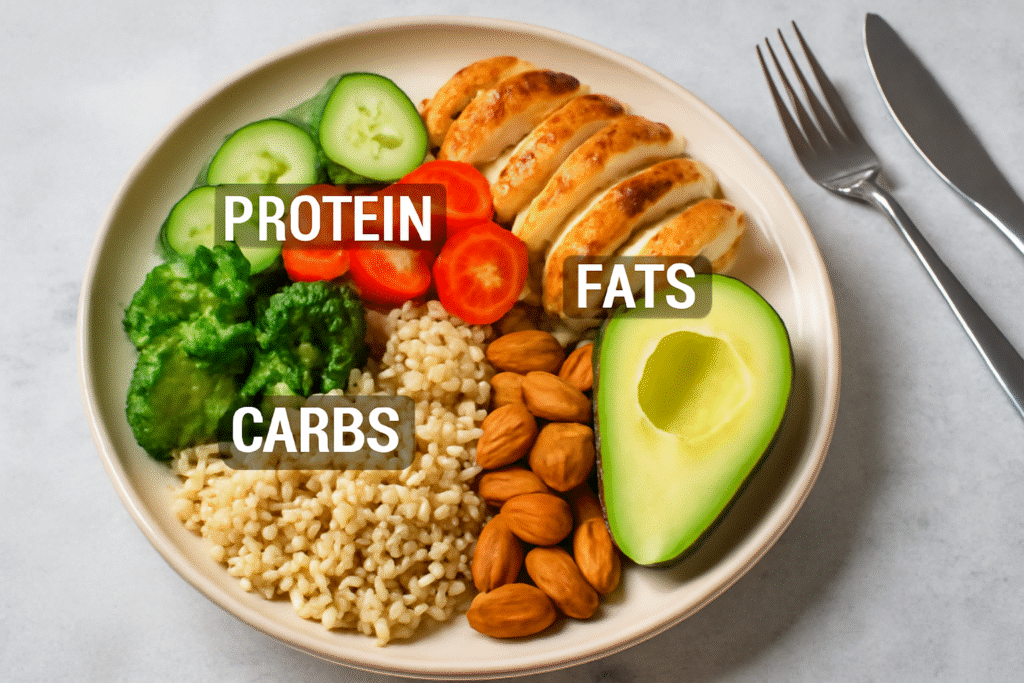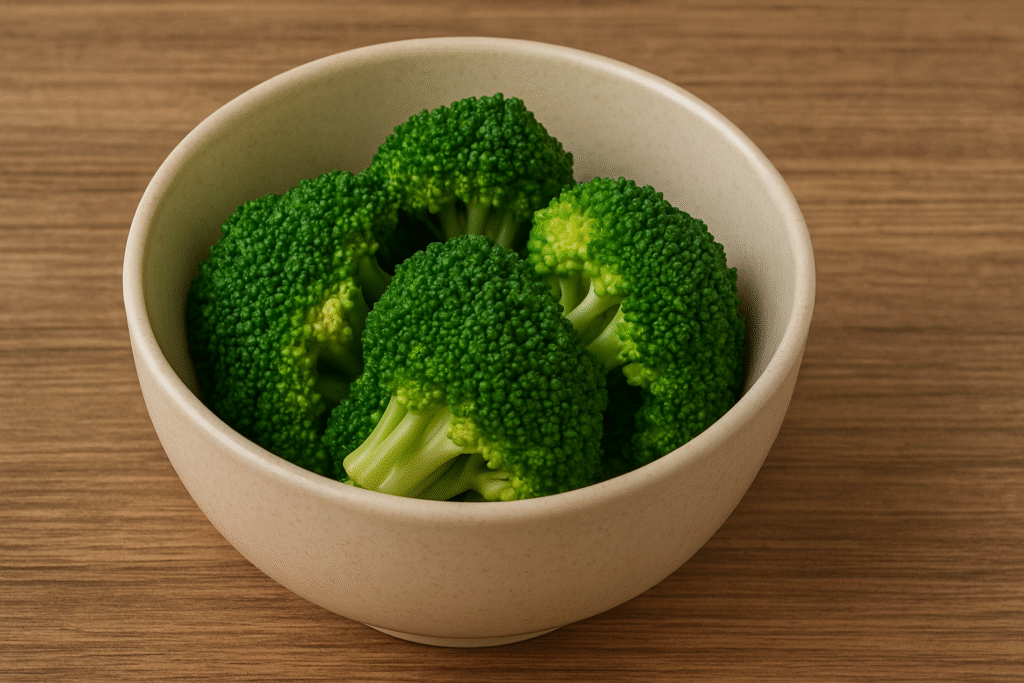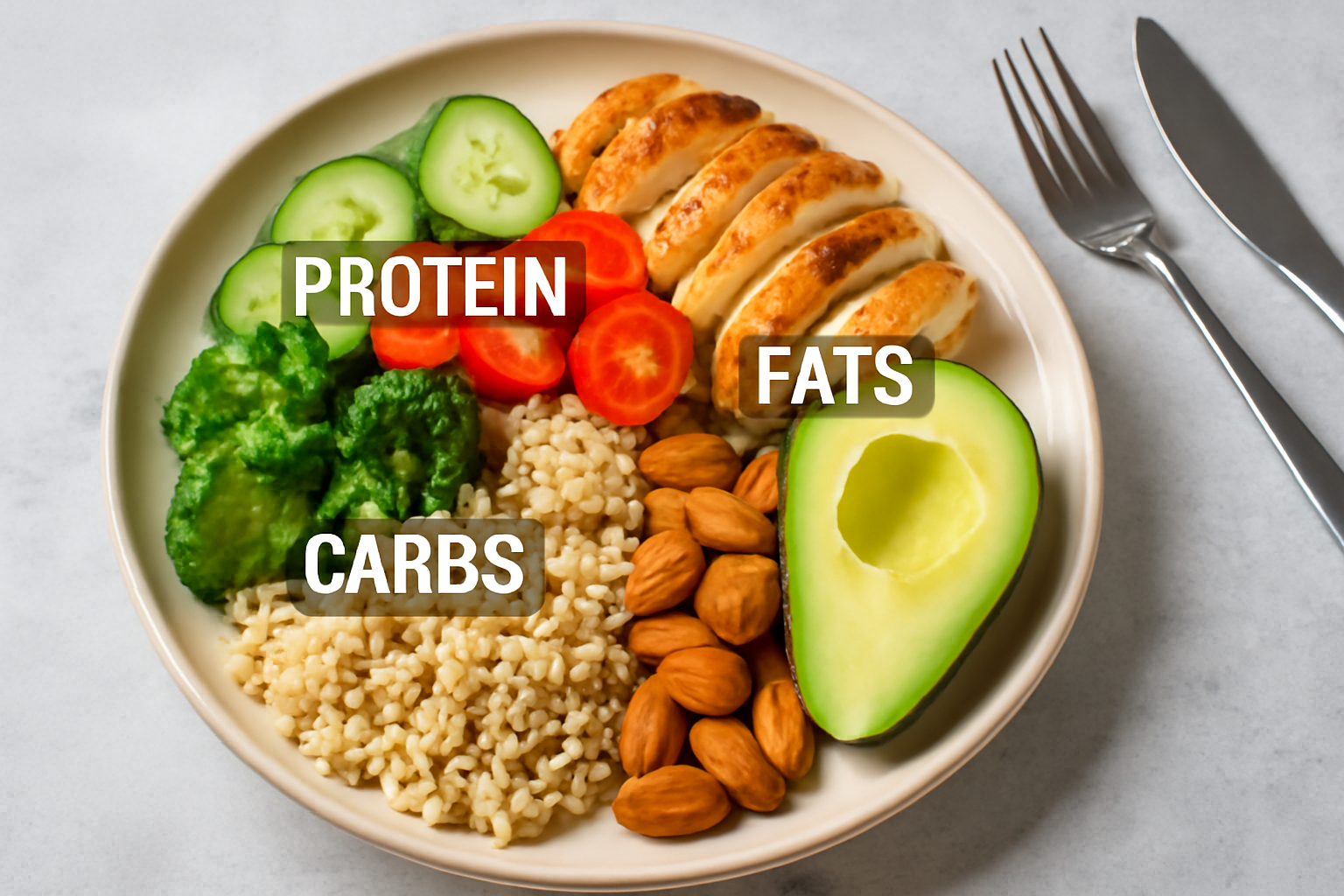The Zone Diet: Balancing Your Macros for Optimal Health

The Zone Diet: Balancing Your Macros for Optimal Health
The Zone Diet is a popular eating plan designed to help individuals achieve optimal health and maintain a balanced lifestyle. Created by Dr. Barry Sears, this diet is based on the principle of balancing macronutrients—proteins, carbohydrates, and fats—to control inflammation, promote weight loss, and support overall wellness.
What is the Zone Diet?
The Zone Diet focuses on a balanced ratio of 40% carbohydrates, 30% protein, and 30% fat in every meal. The goal is to keep the body “in the Zone,” a state where the body functions at its peak, leading to improved mental clarity, energy levels, and reduced risk of chronic diseases.
The diet promotes eating nutritious, whole foods like lean proteins, fruits, vegetables, whole grains, and healthy fats such as olive oil and nuts, while limiting the intake of processed foods and refined sugars.
Key Principles of the Zone Diet
- Macronutrient Balance:
A key feature of the Zone Diet is its strict emphasis on macronutrient balance. Each meal consists of 40% carbohydrates, 30% protein, and 30% fat, which works to regulate the body’s insulin levels and maintain stable blood sugar levels. By keeping insulin levels in check, the diet aims to reduce hunger and fat storage. - Controlling Inflammation:
The Zone Diet is designed to reduce inflammation in the body, which plays a significant role in many chronic diseases, such as heart disease, diabetes, and cancer. By focusing on anti-inflammatory foods and reducing processed sugars, this diet helps keep inflammation under control. - Meal Timing and Portion Control:
The Zone Diet promotes portion control by using “blocks.” Each food is categorized into blocks based on its macronutrient content. For example, one block of protein might be a small piece of chicken, while one block of carbohydrates could be a serving of broccoli. The idea is to consume a specific number of blocks per meal to maintain balance. - Snack and Meal Frequency:
The diet typically consists of three main meals and two snacks per day. The aim is to eat every 4-5 hours to help maintain stable blood sugar levels and prevent overeating during meals. This frequency ensures that you are never too hungry and can easily stick to the dietary plan.
Benefits of the Zone Diet
- Weight Loss:
Many people turn to the Zone Diet for weight loss, and it can be effective due to its focus on controlling insulin levels and stabilizing blood sugar. By balancing macronutrients and controlling hunger, individuals often find it easier to make healthier food choices and stick to a calorie deficit for weight loss. - Improved Energy and Mental Clarity:
The Zone Diet helps maintain steady energy levels throughout the day by promoting balanced blood sugar levels. This consistency in energy can also help improve mental clarity, reducing brain fog and enhancing cognitive function. - Reduced Risk of Chronic Diseases:
By reducing inflammation and focusing on healthy fats, lean proteins, and nutrient-dense foods, the Zone Diet can lower the risk of chronic diseases such as heart disease, diabetes, and high blood pressure. - Sustainable Long-Term Lifestyle:
Unlike fad diets that are difficult to maintain, the Zone Diet focuses on balanced, healthy eating, which makes it easier to incorporate into everyday life. It’s not about restrictive eating but rather about making mindful food choices that support long-term health.
Potential Downsides of the Zone Diet
- Complexity and Portion Control:
One challenge some people face with the Zone Diet is learning to track and measure food in “blocks.” It can feel cumbersome, especially at the beginning, as you need to weigh and portion your meals carefully to ensure you are consuming the correct macronutrient balance. - Not a One-Size-Fits-All Approach:
Although the Zone Diet can be effective for many individuals, it might not be suitable for everyone. Some individuals may find it difficult to adhere to the strict macronutrient ratios or may need a different approach to meet their dietary needs. - Potential for Overemphasis on Protein:
Some critics argue that the Zone Diet places too much emphasis on protein, which could lead to an imbalance in nutrient intake, especially for individuals who already consume high-protein diets.
How to Follow the Zone Diet
If you decide to give the Zone Diet a try, it’s important to start by learning about food blocks and portion sizes. Here’s a basic structure for a Zone meal:

Protein: 1 block (e.g., 3 oz of chicken)

Carbohydrates: 1 block (e.g., 1 cup of broccoli)

Fats: 1 block (for example, 1 teaspoon of olive oil)
After determining your daily calorie needs, you can calculate how many blocks you should eat per day. For example, someone might need 11 blocks for weight maintenance, which translates into 3 meals and 2 snacks, each containing a specific number of blocks.



